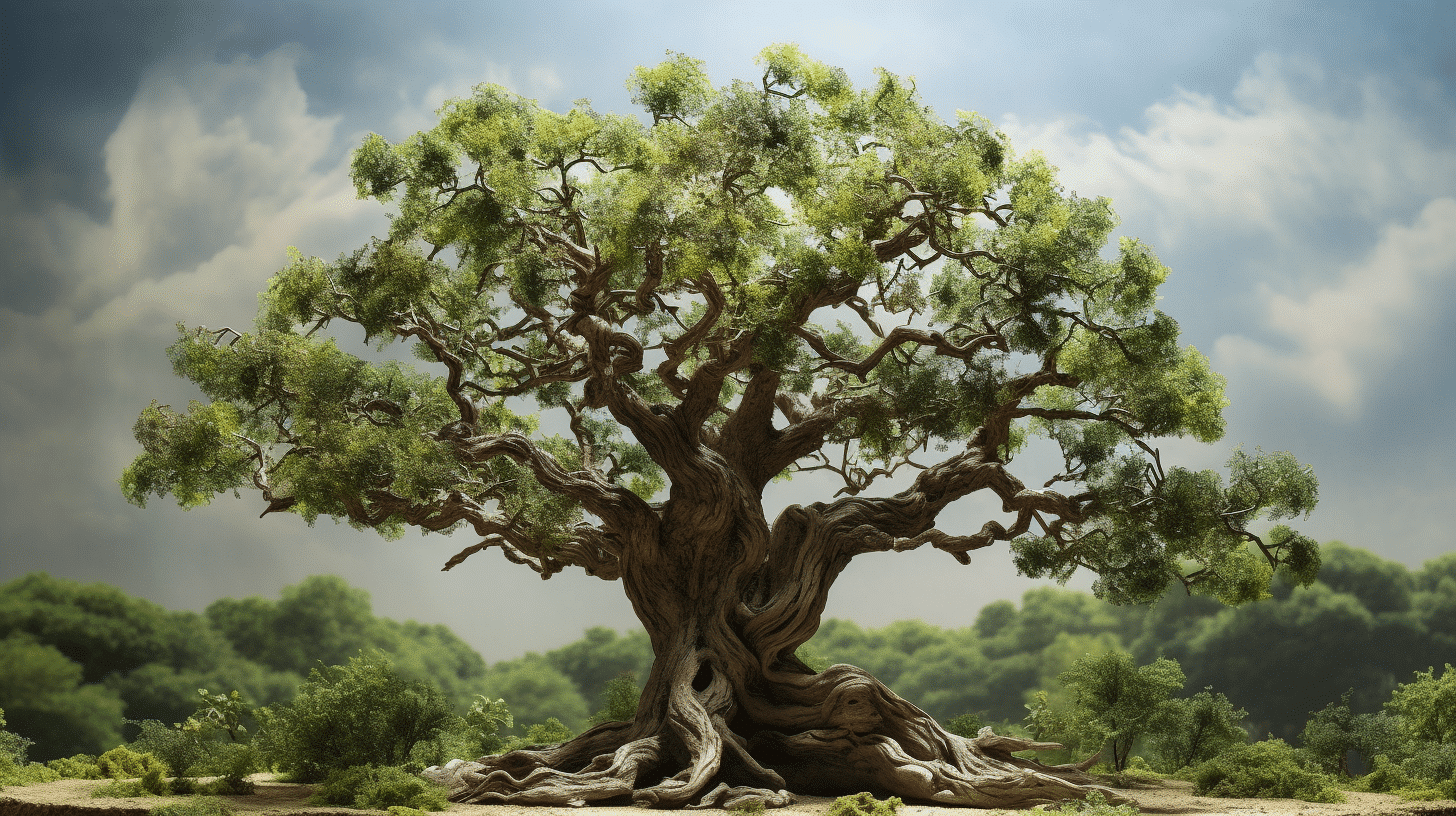
The art of handles: adelmayer’s masterpiece series with four fine types of wood
Choosing the right knife handle is a delicate matter that can have a major impact on the kitchen experience. adelmayer proudly presents the Meisterwerk series with handles made from four exquisite types of wood: laurel wood, walnut wood, desert ironwood and olive wood. Let’s dive in and discover the unique characteristics of these types of wood without losing sight of the essence.

Wooden masterpieces: the essence of adelmayer knife handles
In the world of cookery, it is not just sharp cutting that plays a role, but also the choice of the right material for the knife handle. The Meisterwerk series from adelmayer presents four unique types of wood that impress not only with their appearance, but also with their origin and individual properties: laurel wood, walnut wood, desert ironwood and olive wood.

1. Laurel wood – the warmth of tradition
Origin: Laurel wood comes mainly from the Mediterranean region, where it has been valued for centuries for its warm colours and robust nature.
Advantages:
- Tradition and warmth: Laurel wood gives the handles a traditional warmth.
- Robustness: Natural and resistant to moisture.
Disadvantages:
- Limited availability: Laurel wood is not as widely available as some other types of wood, which can lead to limited availability.
- Sensitivity to scratches: Due to its softer nature, laurel wood can be sensitive to scratches.
2. Walnut wood – timeless elegance from the forests
Origin: Walnut wood comes from various parts of the world, including North America and Europe, and is known for its dark colour and grain.
Advantages:
-
Elegance and uniqueness: The dark colour and grain give the handles timeless elegance and uniqueness.
-
Durability: High density wood for long-lasting quality.
Disadvantages:
- Maintenance: Regular maintenance is required.


3. Desert ironwood – heat and hardness from the desert
Origin: Coming mainly from the dry regions of Africa and India, desert ironwood impresses with its exceptional hardness.
Advantages:
Robust elegance:Desert ironwood is known for its hardness and robustness.
Heat retention: This wood retains a pleasant warmth when in use.
Disadvantages:
Weight: Can be heavier compared to other types of wood.
Slow growing: The slow growth rate can lead to a limited supply.
4. Olive Wood – Mediterranean Essence in Your Hands
Origin: Mainly from the Mediterranean region, particularly from countries like Spain and Italy.
Advantages:
- Mediterranean Flair: Olive wood brings the flair of Mediterranean cuisine into your hands.
- Durability: Naturally resistant to moisture and insects.
Disadvantages:
- Cracking: Improper drying can cause olive wood to crack.
- Odor: In the first few months after processing, olive wood may have a characteristic odor, which diminishes over time.

adelmayer’s masterpiece series not only embodies the highest level of craftsmanship, but also the carefully selected types of wood that build a bridge between tradition, nature and modern cuisine. Each handle tells its own story as you create culinary masterpieces in your kitchen. Immerse yourself in the world of these woods and feel the connection to nature with every cut.
Have you checked out our blog yet?
Here you can find a small selection of interesting blog posts
Masterful art: the creation of an 87-layer damask knife from adelmayer
"The Art of Damascus: Insight into the Production of an 87-Layer Damascus Knife by adelmayer" Before we delve deeper into the making of this impressive Damascus knife by Adelmayer, there's already an exciting blog article solely dedicated to the creation of Damascus...
Production of Damascus steel at a glance: A summary of the process
Production of Damascus steel at a glance: A summary of the processThe fascinating world of Damascus steel has certainly piqued your interest, especially if high-quality knives are one of your passions. But what exactly is behind this melodious name? Damascus steel, as...
Difference between a 67-layer Damascus knife and an 87-layer Damascus knife
Fine Nuances of Sharpness: What Makes 67-Layer and 87-Layer Damascus Knives Unique? Hello dear friends of masterful cutting art, Today, I invite you to dive into the fascinating world of Damascus knives with me and explore one of the central questions: 67 layers or...








